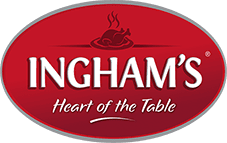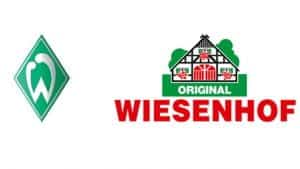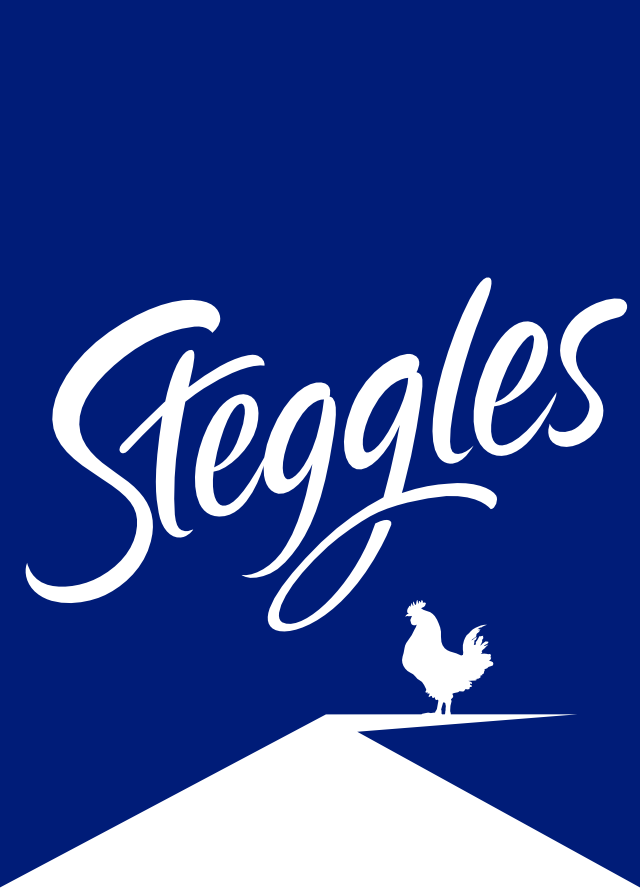An estimated 50 billion chickens are slaughtered for food every year, making poultry one of the most consumed animal proteins globally. With consumption expected to rise steadily in many countries due to population growth and changing dietary habits, the pressure on poultry producers to scale operations efficiently has never been greater.
To meet this high and growing demand, poultry processing facilities must operate at maximum efficiency while adhering to strict hygiene regulations. Producers require reliable, fast, and effective cleaning solutions that not only remove visible dirt but also dissolve and eliminate stubborn poultry fat, blood residues, and organic matter — all of which can quickly accumulate on equipment, conveyors, and surfaces.
Maintaining a consistently high standard of hygiene is critical to preventing bacterial contamination, especially from pathogens such as Salmonella or Campylobacter, which are commonly associated with poultry. Cleaning must be thorough, validated, and repeatable — ensuring that all critical surfaces are properly treated, even in hard-to-reach areas.
Furthermore, with production often running 24/7, any downtime for cleaning must be minimized. That’s why producers increasingly rely on automated cleaning systems that streamline the cleaning process, reduce the need for manual labor, and help extend uptime on the production line. These systems not only increase operational efficiency but also contribute to employee safety by limiting exposure to harsh chemicals and physical strain.
In this high-volume, high-stakes environment, investing in optimized, industry-specific cleaning technology is not just a hygiene measure — it’s a strategic move to secure productivity, product safety, and long-term profitability.

Trusted by the world's leading companies


